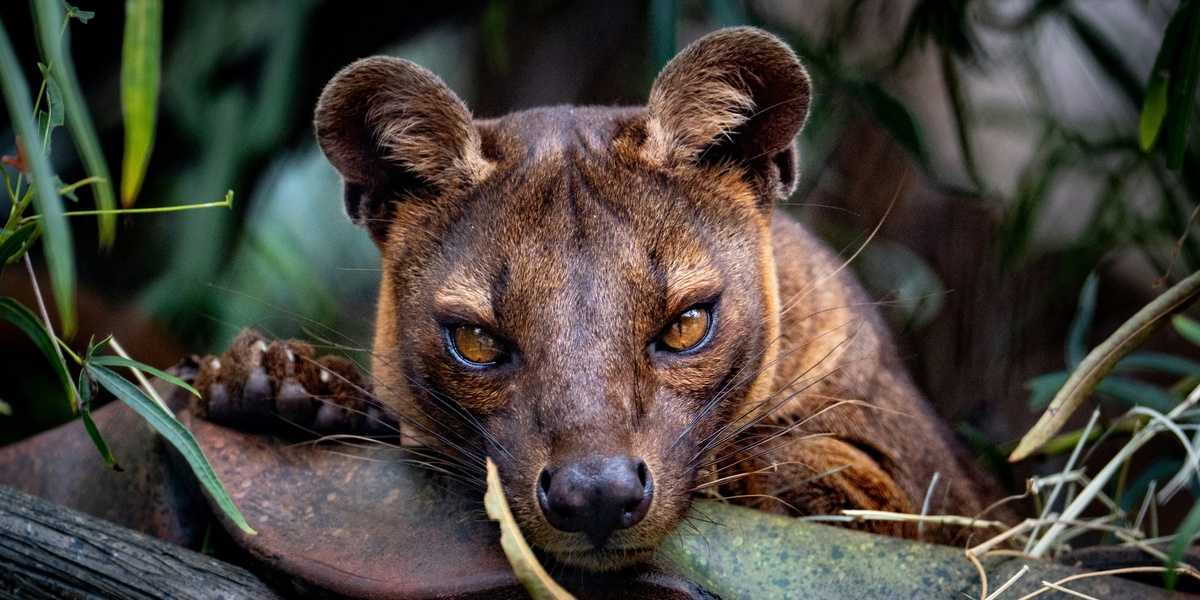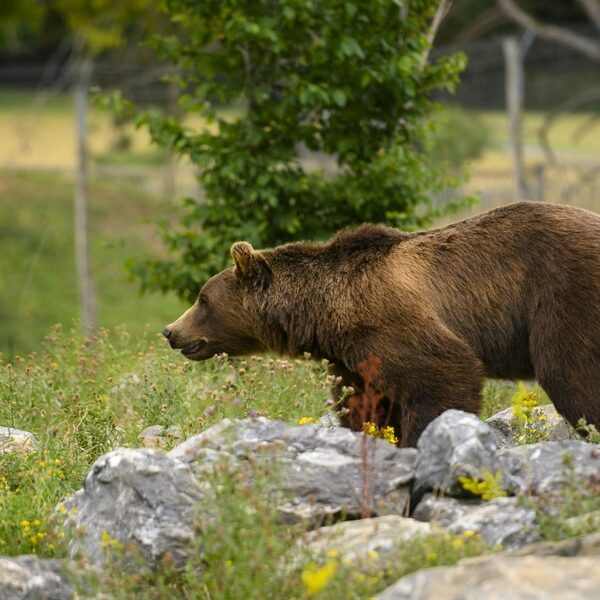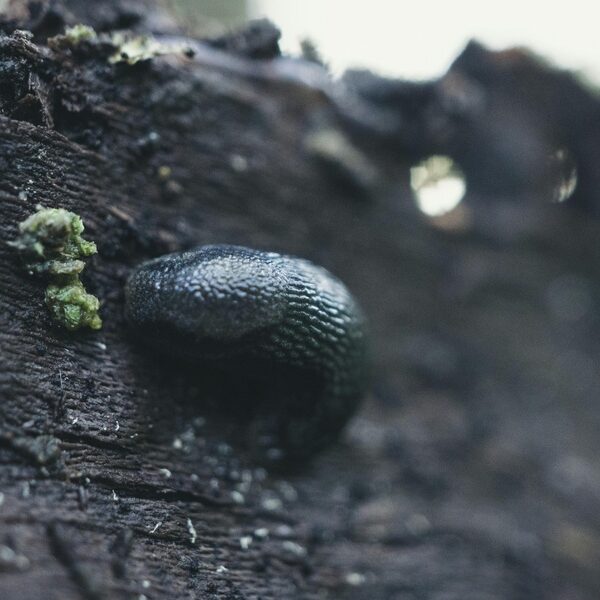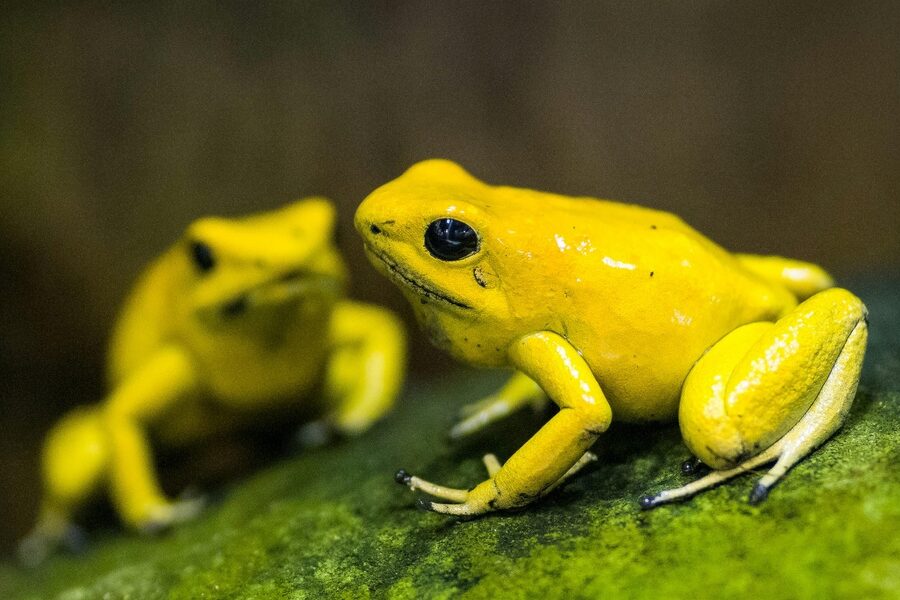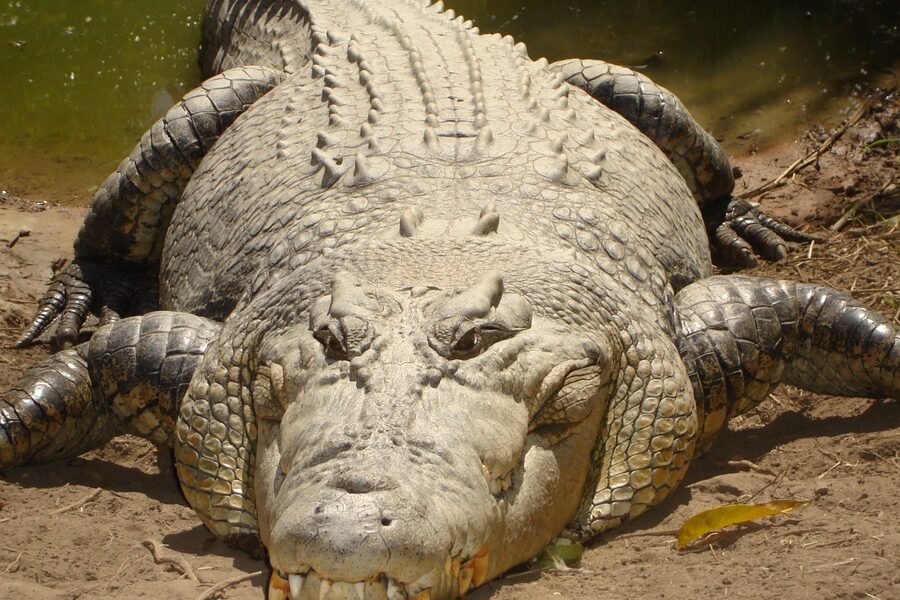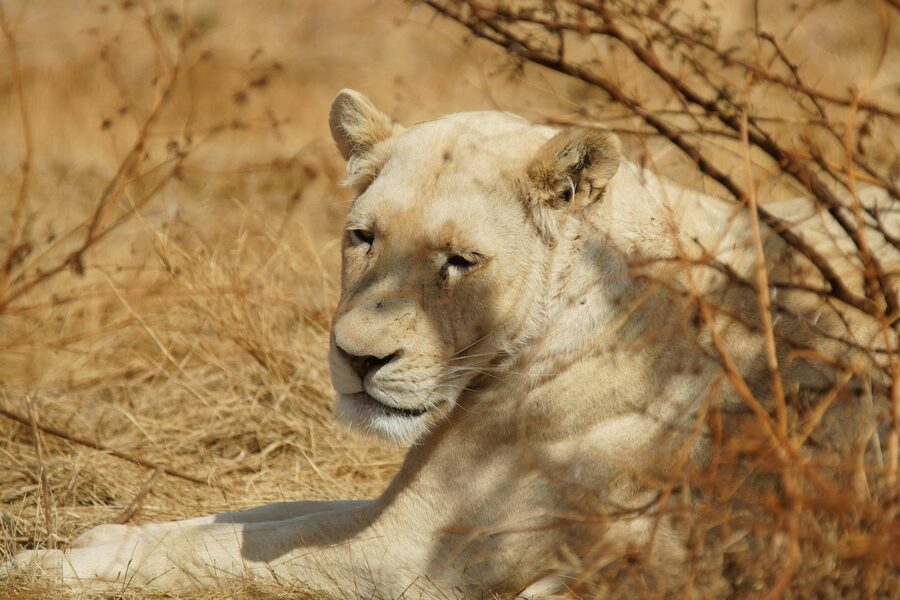Madagascar is a place of striking landscapes and unusual wildlife, from humid eastern rainforests to dry spiny forests and long, wild coastlines. That diversity also means visitors and locals can encounter species that pose real risks, so a little knowledge goes a long way when you’re exploring.
There are 13 Dangerous Animals in Madagascar, ranging from Bull Shark to Violin Spider. For each species you’ll find below a concise entry organized with Scientific name,Danger type,Range / habitat so you can see what makes each animal hazardous and where it’s found — you’ll find below.
How likely am I to encounter these animals while traveling in Madagascar?
Encounter risk depends on where you go and what you do: coastal swimmers and fishers face higher risk from species like bull sharks and sea snakes, while hikers and residents in forested or rural areas are more likely to meet spiders, snakes, or crocodiles; stick to marked trails, avoid swimming at dawn/dusk in murky water, and use guides to reduce chances of an unexpected encounter.
What should I do immediately if someone is bitten or stung?
Move the person to a safe area, keep them calm and still, call local emergency services or get to medical care quickly; for bleeding apply direct pressure, for suspected venom keep the limb immobilized and avoid tourniquets or alcohol, and if possible note the animal’s appearance to help clinicians choose the right treatment.
Dangerous Animals in Madagascar
| Name | Scientific name | Danger type | Range / habitat |
|---|---|---|---|
| Nile Crocodile | *Crocodylus niloticus* | Large predator | Western and northern rivers, lakes, and estuaries |
| Malagasy Black Widow | *Latrodectus menavodi* | Venomous | Throughout Madagascar; dry forests, scrubland, and near human dwellings |
| Violin Spider | *Loxosceles* spp. | Venomous | Widespread; found in caves, under rocks, and sometimes in buildings |
| Malagasy Giant Centipede | *Scolopendra subspinipes* | Venomous bite | Widespread; humid forests, leaf litter, and under logs or rocks |
| Marbled Scorpion | *Grosphus madagascariensis* | Venomous sting | Southern and western Madagascar; dry forests and spiny desert regions |
| Stonefish | *Synanceia verrucosa* | Venomous | Coastal waters, shallow reefs, and estuaries; buried in sand or mud |
| Bull Shark | *Carcharhinus leucas* | Large predator | Coastal marine waters, estuaries, and can travel far up large rivers |
| Cone Snail | *Conus* spp. | Venomous | Coastal waters, on coral reefs and sandy bottoms |
| Malaria Mosquito | *Anopheles* spp. | Disease vector | Widespread, especially in coastal and humid areas |
| Plague Flea | *Xenopsylla cheopis* | Disease vector | Primarily on rodent hosts (rats); highlands and port cities |
| Fossa | *Cryptoprocta ferox* | Aggressive; large predator | Widespread in forested areas |
| Feral Dog | *Canis lupus familiaris* | Aggressive; disease vector | Widespread, especially near human settlements |
| Malagasy Hognose Snake | *Leioheterodon madagascariensis* | Defensive bite; mildly venomous | Widespread across Madagascar in various habitats |
Images and Descriptions

Nile Crocodile
Madagascar’s largest predator, growing over 5 meters. This ambush hunter is a serious threat near water bodies, responsible for fatal attacks on humans and livestock. Extreme caution is advised near rivers, especially at dawn and dusk. Avoid swimming in un-designated areas.

Malagasy Black Widow
A small, glossy black spider with a characteristic red marking on its abdomen. Its neurotoxic venom is potent and can cause severe pain and systemic effects. Bites are rare and the spider is not aggressive, but avoid reaching into dark, undisturbed spaces.
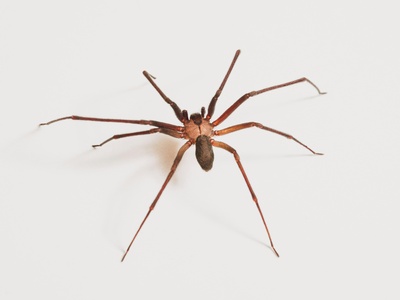
Violin Spider
A brown, reclusive spider related to the brown recluse. Its cytotoxic venom can cause necrotic skin lesions (ulcers) that are slow to heal. Bites usually occur when the spider is accidentally pressed against skin, so check bedding and clothing in rural areas.
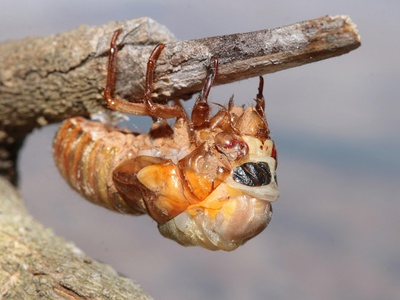
Malagasy Giant Centipede
A large centipede that can exceed 20 cm. It has venomous claws that can inflict an intensely painful bite, causing severe local swelling and pain. While not typically lethal to adults, the experience is extremely unpleasant. Be cautious when turning over rocks or logs.
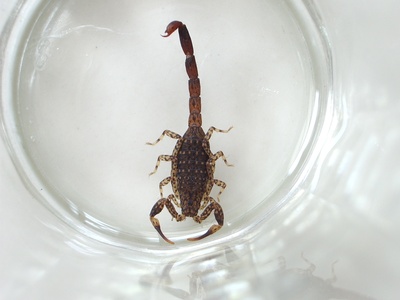
Marbled Scorpion
A common scorpion whose sting delivers a potent venom causing intense, burning pain. While rarely fatal for healthy adults, it can be dangerous for children or those with allergies. Always check shoes and clothing before wearing them in endemic areas.
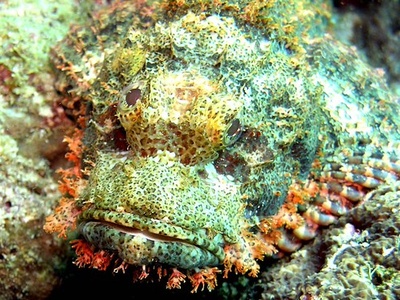
Stonefish
The world’s most venomous fish, camouflaged as a rock. Stepping on its dorsal spines injects a powerful neurotoxin, causing excruciating pain and potentially death if untreated. Always wear thick-soled reef shoes when walking in shallow tropical waters.
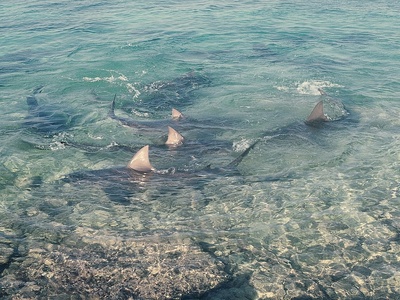
Bull Shark
An aggressive shark species known for its presence in shallow coastal waters. Its powerful bite can be fatal. While attacks are very rare, it’s wise to avoid swimming alone, at dawn or dusk, or in murky waters where rivers meet the sea.
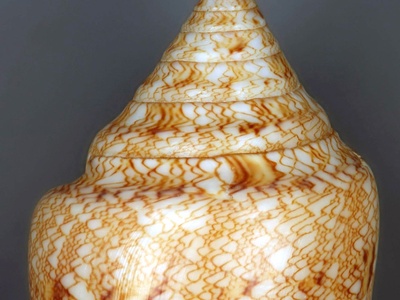
Cone Snail
A predatory sea snail with a beautifully patterned shell. It hunts using a venomous, harpoon-like tooth that can be fatal to humans. The sting can be painless initially. Never handle these shells, even if they appear empty.

Malaria Mosquito
This mosquito is the primary vector for malaria, one of the most significant health risks in Madagascar. It is most active from dusk until dawn. Preventing bites through repellents, bed nets, and prophylactic medication is the most effective safety measure.
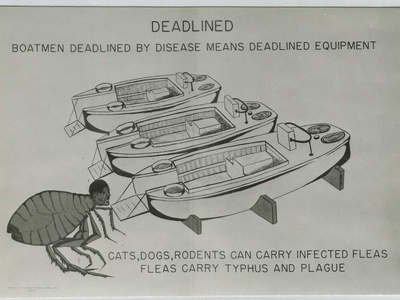
Plague Flea
The oriental rat flea is the main vector for bubonic plague, which is endemic in parts of Madagascar, particularly the central highlands. The disease is transmitted via flea bites after feeding on an infected rodent. Avoid contact with rodents.

Fossa
Madagascar’s largest native carnivorous mammal, resembling a small cougar. While generally shy, it is a powerful predator and can be aggressive if cornered or habituated. There are rare reports of attacks. Do not approach or feed these animals.
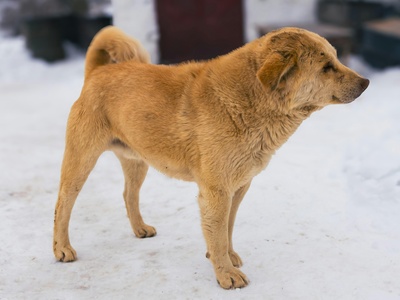
Feral Dog
Packs of domestic dogs living in a wild state can be a significant danger. They can be territorial and aggressive, leading to serious bite injuries, and are a primary vector for rabies, a fatal disease. Avoid approaching unknown dogs.
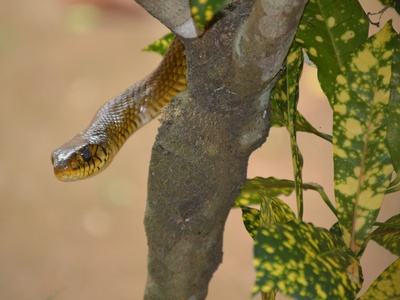
Malagasy Hognose Snake
A large, common snake known for its upturned snout. It is rear-fanged with a mild venom not considered medically significant to humans, though a bite can cause localized swelling and pain. It will hiss loudly and flatten its neck if threatened but is not aggressive.
